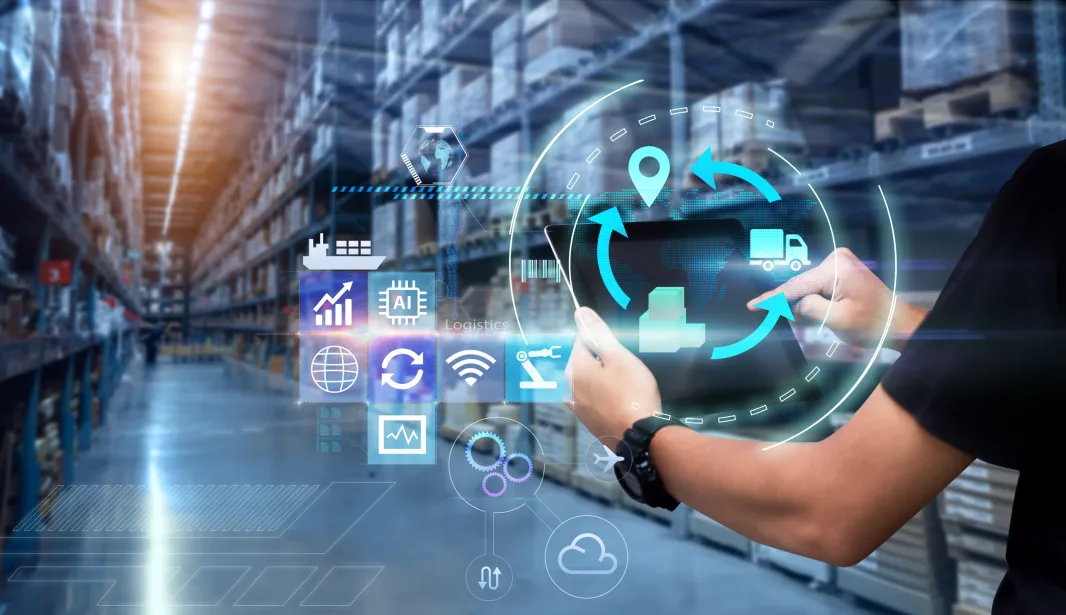The Internet of Things, or IoT, is transforming how businesses operate, and its influence on product development is profound. But what is IoT product development, and why is it so important for exporters and importers? This guide delves into the intricacies of IoT product development, its stages, and its importance in the global market.

Understanding IoT
IoT refers to the interconnectedness of devices and systems through the internet. These devices collect and exchange data, providing valuable insights and improving efficiency. From smart homes to industrial machinery, IoT is everywhere.
The Basics of IoT Product Development
So, what is IoT product development? It involves creating products that leverage IoT technology to offer enhanced functionality and efficiency. This process involves several stages, including concept development, design, prototyping, testing, and deployment.
Stages of IoT Product Development
Concept Development
Every IoT product begins with an idea. This stage involves understanding the market needs and identifying opportunities where IoT can make a difference.
Design and Prototyping
After conceptualizing the product, the next step is to design and create a prototype. This involves determining the hardware and software requirements and creating a working model.
Testing and Refinement
Testing is crucial in IoT product development. It ensures the product functions as intended and meets safety standards. Feedback from testing leads to refinements and improvements.
Deployment and Maintenance
Once the product is ready, it is deployed in the market. Continuous maintenance and updates are vital to keep the product relevant and efficient.
The Role of IoT in Export and Import
For exporters and importers, IoT product development offers numerous benefits. It streamlines logistics, enhances supply chain visibility, and improves inventory management. IoT solutions can provide real-time data, helping businesses to make informed decisions.
For more insights into how IoT impacts logistics, visit this link.
Challenges in IoT Product Development
Like any technological advancement, IoT product development comes with its challenges. These include data security, interoperability issues, and the need for substantial investment in technology and skills.
Overcoming Security Concerns
Security is a significant concern in IoT. Ensuring data protection and privacy requires robust security measures and continuous monitoring.
Ensuring Interoperability
With a vast array of devices and systems, interoperability is crucial. Products must be compatible with existing systems to function correctly.
Investment in Technology
IoT product development requires investment in both technology and human resources. This investment is essential for innovation and maintaining a competitive edge.
The Future of IoT Product Development
The future of IoT is promising, with continuous advancements in technology. The integration of artificial intelligence and machine learning with IoT will open new opportunities for innovation and efficiency.
For more on the future and potential of rugged electronics in IoT, click here.
Conclusion
In conclusion, IoT product development is a game-changer for exporters and importers. It offers new ways to enhance efficiency, gain insights, and improve customer satisfaction. As technology evolves, so will the possibilities within IoT, making it an exciting field to watch.

FAQs
What industries benefit the most from IoT product development?
Industries such as manufacturing, logistics, healthcare, and agriculture benefit significantly from IoT product development.
How does IoT improve supply chain management?
IoT provides real-time data, enhancing visibility and control over the supply chain, leading to improved efficiency and reduced costs.
What are the security risks associated with IoT?
Security risks include data breaches, unauthorized access, and vulnerabilities in devices. Implementing strong security measures is essential to mitigate these risks.


